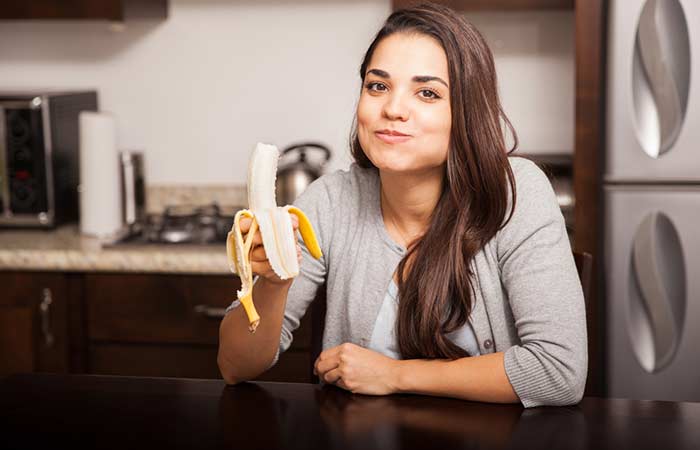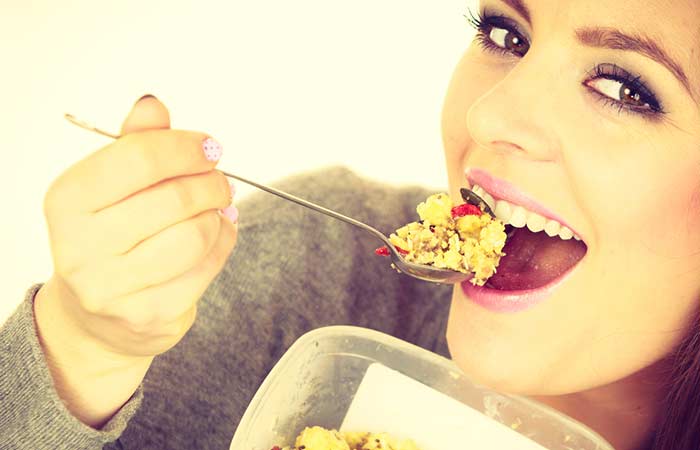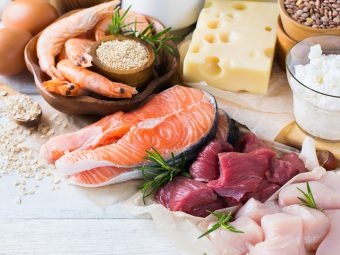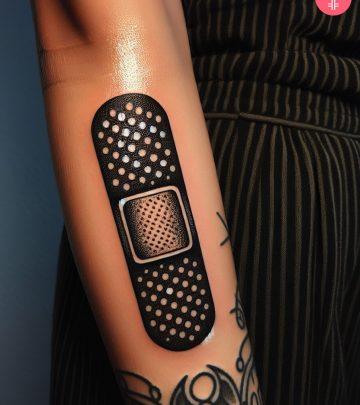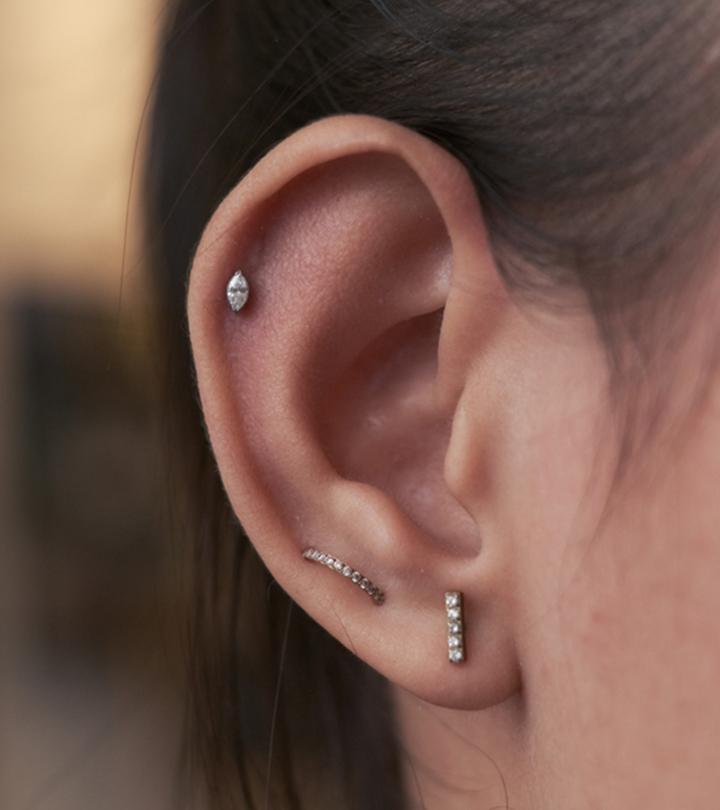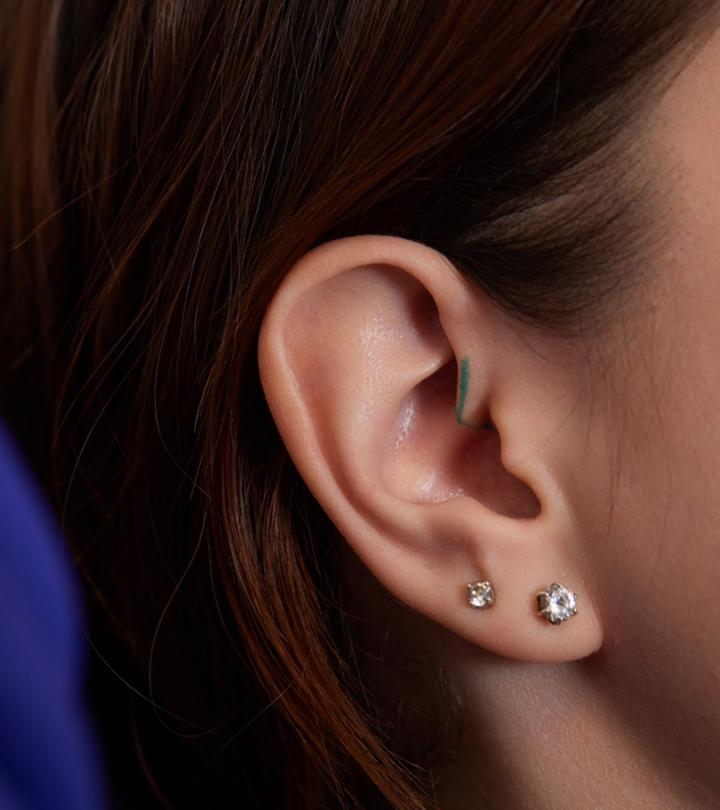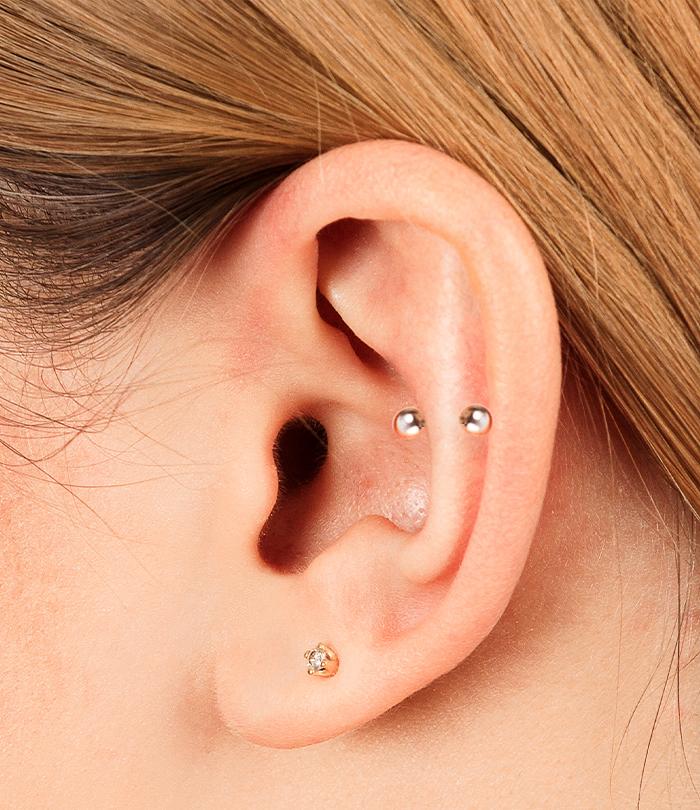Lose Up To 1.5 Kilos In A Week With This Japanese Banana Diet!

Image: Shutterstock
We all wish for a healthy life, younger looks, and a slimmer waistline – don’t we? But keeping a strict tab on your diet, sweating out every day in the gym, and being consumed with the thoughts of weight loss can actually affect you negatively. Many a times, the restrictions become so overwhelming that you tend to overindulge at a moment of weakness and end up eating much more than you should. And then you feel like giving up, as the efforts seem so enormous.
But what if you got a diet plan that was easy to follow, had fewer restrictions, and didn’t require you to slog in the gym? Does that sound too tempting? Well, there is indeed a diet program called the ‘Morning Banana Diet,’ created by a Japanese pharmacist named Sumiko Watanabe in 2008. Sumiko designed this diet for her husband, who apparently lost about 16 kilos after following the plan. His success story inspired others to take up this diet and you will find several articles and online reports that vouch for its effectiveness (1).
So, what exactly is a banana diet? According to the experts of this diet plan, there are some foods and lifestyle rules to be followed diligently, as you do with any other diet, and you could get positive results. Here we give you a comprehensive idea about how the banana diet works.
1. Breakfast
- Start your day with one banana, followed by a glass of water. It could be room temperature or slightly warm but take only small sips. You could also substitute banana with other diet-friendly fruits like apples or pears.
- If you still feel hungry, you can have one more banana, maybe two more if they are the smaller ones.
- The bananas must be raw and unfrozen.
- If you don’t feel satiated after an hour or so, you could eat some form of light yet nourishing food, like a rice ball or some oatmeal. Chew your food slowly. It will give you a sense of fullness that will last till lunch-time.
2. Lunch Or Dinner
- You can keep eating your lunch or dinner as you usually do, but it is a good idea to eliminate refined and fried foods. You should have your dinner latest by 8 pm.
- Also, try to control your portion size. You shouldn’t stuff yourself. There is a Japanese belief: “Hara hachibu ni isha irazu,” which means that if the tummy is only eight-tenths filled, it will not need a doctor. The Americans believe that you should be full till 7 from a scale of 1 to 10. So, portion control and moderation are the keys to weight loss.
- It is also important to note that there shouldn’t be any desserts with your meal. Refined sugar, extra carbs, and excess calories can totally nullify your efforts. However, if you have a sweet tooth, you can satisfy yourself during the snack time.
3. Afternoon Snacking
- If you have a craving for sweet things, a small snack comprising of either chocolates or cookies could be eaten in the afternoon, around 3 o’clock.
- However, if possible, it is better to stick to a serving of fresh fruits.
- Other healthy snacks include nuts or seaweed that is savoury as well as nutritious.
- If you feel like eating something more filling, you could eat a rice ball about the size of your fist.
4. Importance Of Drinking Water The Right Way
- While you are trying to lose weight, try to keep water as your only beverage.
- It is best to drink water at the normal room temperature. It should not be too hot or too cold.
- The correct way of drinking water is to have small sips.
- Other beverages like coffee, tea or diet drinks aren’t encouraged much, while calorific beverages like milk or alcohol are discouraged.
- There could be some rare, occasional consumption of wine or beer if there is a social gathering.
5. Other Lifestyle Changes
- Stick to an early bedtime routine. The earlier you retire, the better for your overall health.
- Keep a gap of at least four hours between your dinner and bedtime.
- Follow an exercise regime that doesn’t put too much pressure on your body. You could try the traditional Japanese Kendama workouts that are fun as well as effective (2).
- Keep a journal of your diet and activity, so that you can keep a tab of your progress and alter your diet and exercise routine accordingly.
Many people have benefitted from this diet plan, but diet experts like to believe that it cannot be a sustainable, long-term formula. If it instructs people to have what they eat normally (which could be anything), it could end up being a ‘disaster,’ as they put it. Moreover, it is not body-specific and therefore, can lead to many deficiencies. However, there are many positive aspects of this diet, like the intake of warm water, cutting down on high-calorie beverages, adopting a healthy lifestyle, and so on. So, if you think it is a good idea to try the Japanese banana diet, do let us know about your experience!

